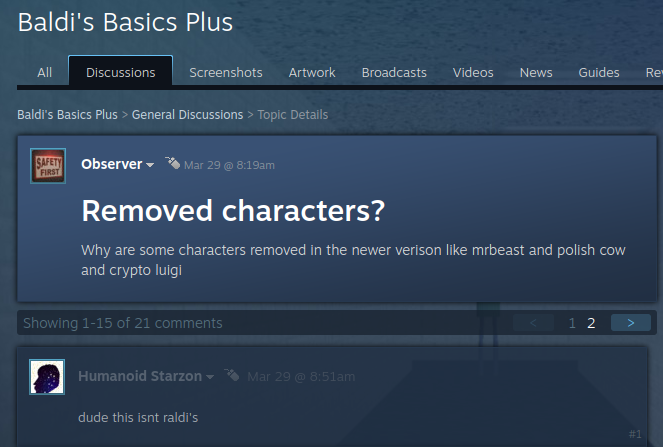3D graphics are basically vector graphics, because polygons are defined the same way as lines and surfaces in a vector graphics drawing: you have key points, and a mathematical definition of the curve (spline) between them (although in 3D graphics the curve is only ever a straight line). Like people said, you can render those 3D models at insane resolutions if you want and you would never have jaggy edges and pixels and visible aliasing.
However, the graphics engine doesn't render everything for every frame.
(This is simplified): when actually calculating a 3D scene, the 3D mesh is fixed at a certain size that translates to a certain number of pixels; each frame is then rendered off of that initial model. Zooming in doesn't recalculate the mesh size or position or the number of internal pixels the model is using, so when you get too close, you see the cracks.
(simplified.)
With a vector graphics image, you can scroll easily, but every time you zoom in/out the entire image is recalculated to the new resolution, and this is slow and resource intensive. A full 3D model described that way would take
forever to recalculate after each zoom, so the game engine - doesn't. It keeps the model at one size, and the moving, turning, scrolling etc. is relatively simple.
Another thing to consider are textures. Vector graphics use descriptive procedural colors and textures, meaning a texture or fill is described as "gradient/raster/grid, starting point being at coordinates X,Y and in this color, following a parabolic spline, ending at X2,Y2 in that color", and the engine then renders it at whatever size and resolution you want, and it's always smooth. Standard 3D models have textures of a fixed size, and when you zoom in too much you see the grit. You could have textures in a larger resolution, but games are already too large, or you could have textures described procedural,y, which doesn't look as good as a painted and crafted bitmap texture, and would still get rendered beforehand and then pasted onto the 3D mesh, because, again, rendering them for each frame in real time would be impossible.
If you want to see what it's like to use vector graphics and procedural textures in a game, there's the .kkrieger tech demo:
https://en.wikipedia.org/wiki/.kkrieger
All assets in the game are stored as functions used to generate them, instead of finished assets, but again, it's not generated in real time or frame by frame, the game spends a whole lot of time generating asset data that is then handled like a standard 3D model and textures in-game.






